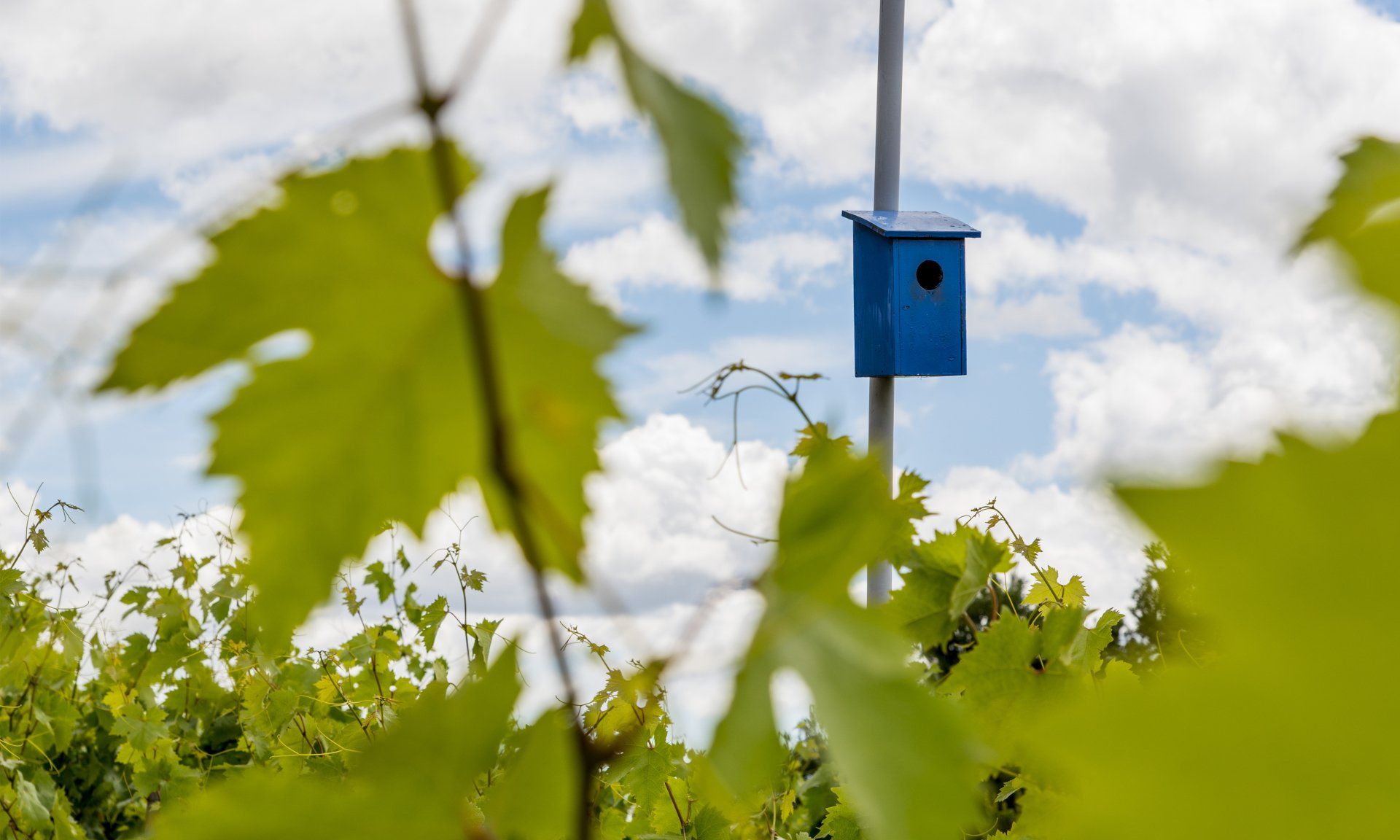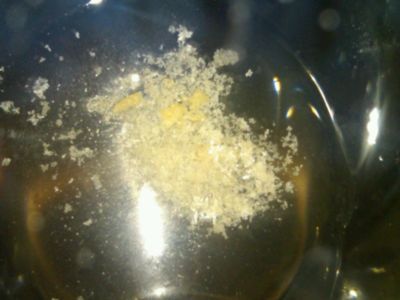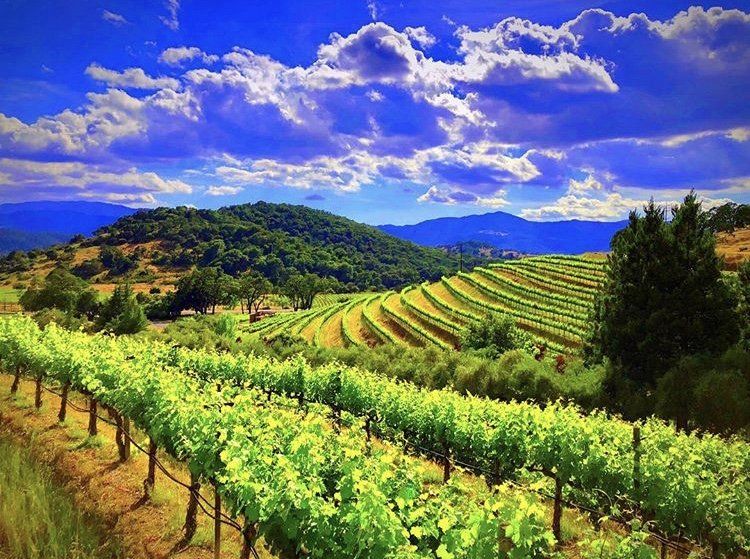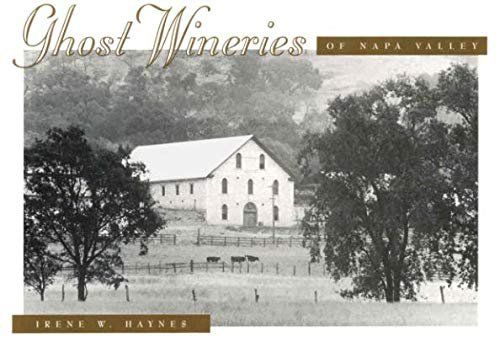What is a ghost winery in Napa Valley?
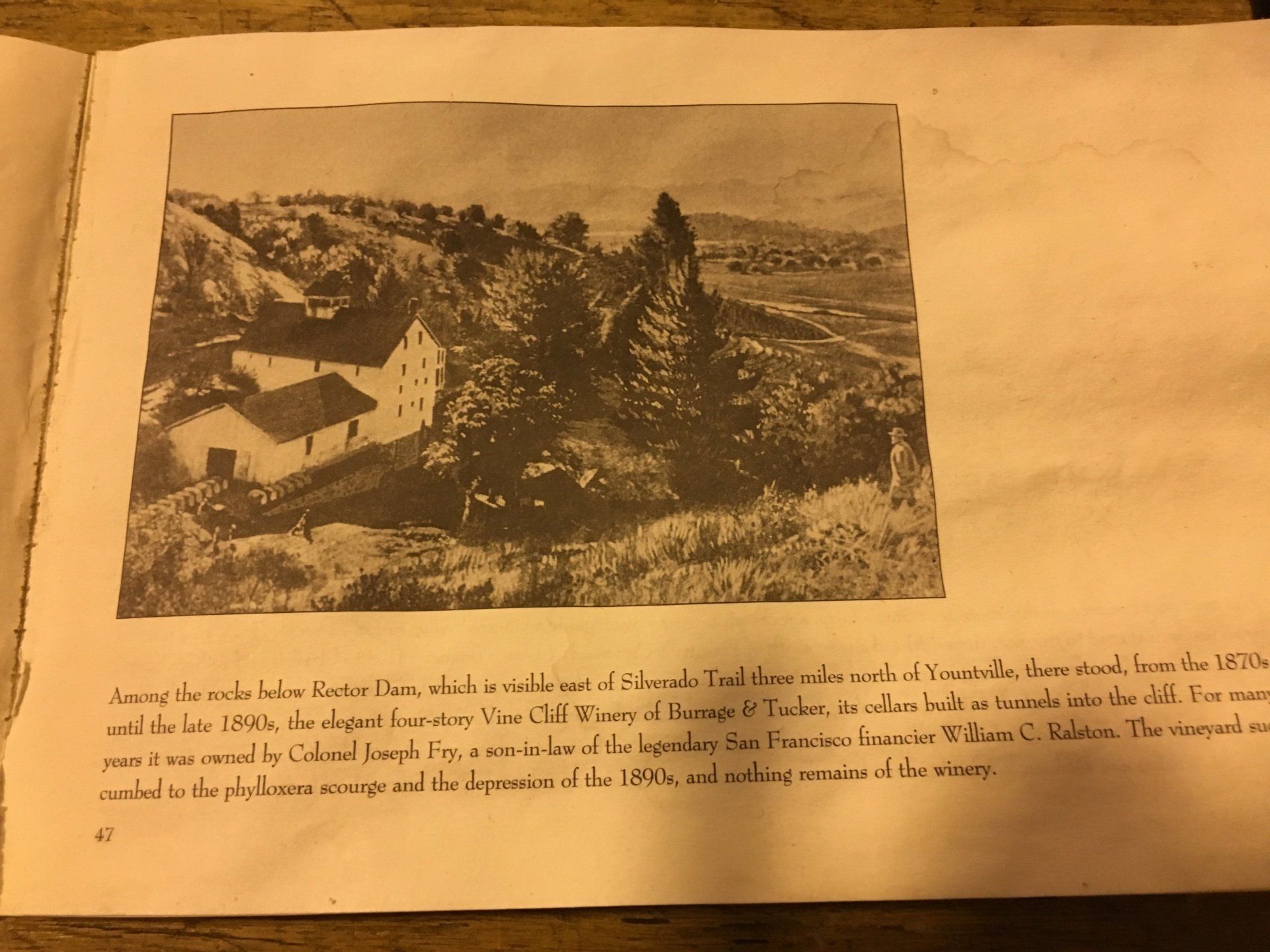
VINE CLIFF'S ROLE IN NAPA VALLEY HISTORY.
There are numerous wineries in the Napa Valley that have been designated 'ghost wineries' not because there have been sightings of anything out of the ordinary, but because these wineries were built between 1860 and 1900, when the first wine boom occurred. Vine Cliff Winery was one of these turn of the 20th Century 'ghost' wineries which had built a name for itself and its wines early in its history.
In an article a few years ago, Kristie Sheppard, former executive director of the Napa Valley Historical Society, explained: “Ghost wineries have nothing to do with ghosts.” Rather, the wineries “tell us about our heritage” and live on as constant reminders of local history."
In the early part of the 20th Century, nearly 700 wineries operated in California, many of them dating back to the 1800s.
Many early Napa Valley wineries were first destroyed in the late 1800s by phylloxera. Vine Cliff was one of the wineries affected; the glory days of the early Vine Cliff era were waning. Its award-winning rieslings and clarets were no longer in production by the first decade of the 20th Century.
The great San Francisco earthquake of 1906 was another trial, causing whole warehouses full of inventory to be smashed. The economically stressed times of World War I that followed did not make it any easier on the wineries to survive. The final blow was the 1919 passing of the Volstead Act, which banned all manufacturing, sales, and drinking of intoxicating beverages, known in American history as the Prohibition.
By the time the Act was repealed in 1933, and with the beginning of the Depression, only about 40 wineries had managed to survive. Those that did had usually done so by producing liturgical wine, others by bootlegging. Vine Cliff by this time was no longer a functioning winery. It was not until the 1980s, more than 70 years later, that Vine Cliff rejoined the ranks of premium wineries of the Napa Valley after rebuilding and replanting of the vineyards at the Oakville estate.
No mention of ghost wineries in the Napa Valley would be complete without reference to the book, “Ghost Wineries of Napa Valley” written in 1995 by the late Irene W. Haynes. Published by the Wine Appreciation Guild in San Francisco, This book is a pictorial history of 50 such wineries, some of which have been razed or rebuilt since. Vine Cliff is among the 50 featured by Ms Haynes. In her book’s introduction, she said that “these ghosts of the bygone century were the pioneers of Napa wines’ greatness of today.” We would agree. A copy of this book is on view at the Estate Tasting Room.
If you visit Vine Cliff's Oakville Estate on the Silverado Trail, you will see the parts of the original winery (which was destroyed by fire), likely built by Chinese labor in the 1870s. All that is left from the original stone building is what is presently being used as the original cave now storing the chardonnay. This stone cave has stood the test of time and it is integrated well into the building for winemaking and tasting.
VINE CLIFF NOTES BLOG
